The Spectacular Mardi Gras Mind of Carter Church
A small Mardi Gras museum in the historic Bay St. Louis depot features samplings of the extraordinary costumes designed by the iconic Carter Church. Celebrate Nereids 50th anniversary by visiting!
- by Rebecca Orfila, photos by Ellis Anderson
Ornate satin gowns, capes and breeches, headdresses, and beads are de rigueur at balls and on floats. During our recent visit to the Mardi Gras Museum, Susan Duffy, the Depot’s concierge, explained that a queen’s costume can take as many as 400 hours to create. Each crystal jewel is individually pasted onto the gowns and other pieces of the royal ensemble.
The dresses are special creations, fitted to each individual participant. Both royals wear high collars - iced with sparkling silver decorations, crystals jewels, and flowing with white or dyed ostrich feathers. The high collars are a modern design, typical for contemporary queens and kings. The Nereids Kings’ and attending dukes’ costumes are equally elaborate and consist of tunics, short capes, and knee-length breeches. The King’s crown is smaller than the Queen’s and is decorated with the special motif of the year - and white ostrich feathers. The other costumes in the collection were also created by Carter Church. After a brief period of rest following Mardi Gras, Church begins to design ceremonial regalia for the next Carnival season. Krewes in Louisiana, Mississippi, and Alabama reach out to him for their costuming needs. In most cases, the theme for the next year is determined by a krewe; then, it becomes Church’s duty to create sparkling ceremonial clothing to illustrate the chosen motif. Fanciful designs, such as an alligator and swamp scene on a queen’s gown or Aztec-themed costumes intertwined with satin snakes are typical of Church’s detailed designs. Church’s original design drawings are situated in front of each display at the Mardi Gras Museum. His drawings are beautiful in their own right. His many years of experience have gained him noteworthy acclaim in the fashion industry.
In a small exhibit slightly off the main hall of the museum is the costume Carter Church wore as King of Nereids in 2013. Church said that serving as King of a the famous all-women krewe was the highlight of his life.
Also included in the display is a Queen’s collar in the Medici style. The late 16th Century fashion consists of a rigid fan worn upright behind the head of a female wearer, not the large, towering form seen in modern queens’ regalia. The Medici style collar is decorated with crystals and silver decorations. Costs for such finery can vary from nominal amounts to thousands of dollars. In the case of Kings and Queens of some krewes, the costumes will be worn the following year during the presentation ceremonies at the balls when the previous year’s royalty is presented to the new King and Queen.
One of the museums’ volunteers is Martha Franks, who has a special connection to it. Mrs. Franks is Carter Church’s sister. When the number of visitors rises during the busy seasons at the museum, or the staff is otherwise occupied, Mrs. Franks gracefully steps in and guides the guests through the display. According to Duffy, she is well versed on the royal wear and the creation of each special costume.
The museum’s collection of elaborate costumes dotted with crystals and feathers give out-of-town visitors an up-close view of the Mardi Gras celebration. According to Duffy, approximately 800 to 1,000 people stop by the Depot each month. Each visitor is welcomed with his or her own set of Mardi Gras beads. The Mission-style train depot is also home to the Hancock County Tourism Development Bureau, headed by Myrna Green. The historic building was restored after Hurricane Katrina. The depot and the grounds surrounding it are listed on the National Register of Historic Places and it is a Mississippi Landmark Property. The museum is located at 1928 Depot Way in Bay St. Louis and is open every day of the year except Sundays, Christmas Day, and New Year’s Day. The second floor of the Depot is home to the nationally acclaimed folk artist Alice Moseley's museum. Comments are closed.
|
Categories
All
Archives
July 2024
|
Shoofly Magazine Partners
Our Shoofly Partners are local businesses and organizations who share our mission to enrich community life in Bay St. Louis, Waveland, Diamondhead and Pass Christian. These are limited in number to maximize visibility. Email us now to become a Shoofly Partner!

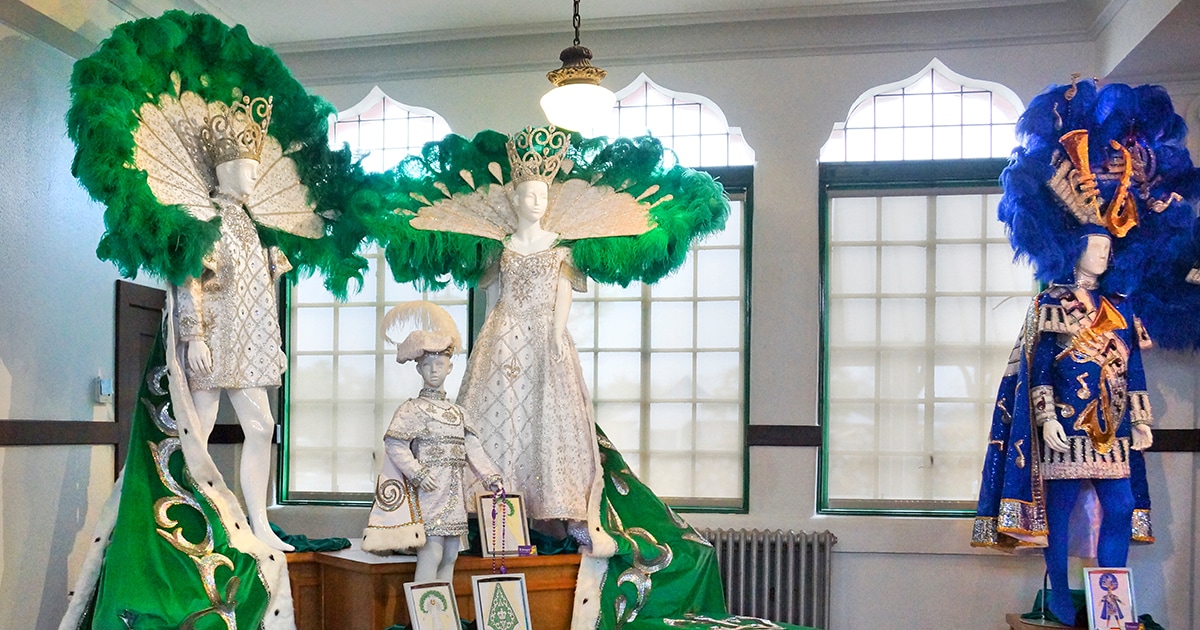
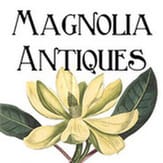
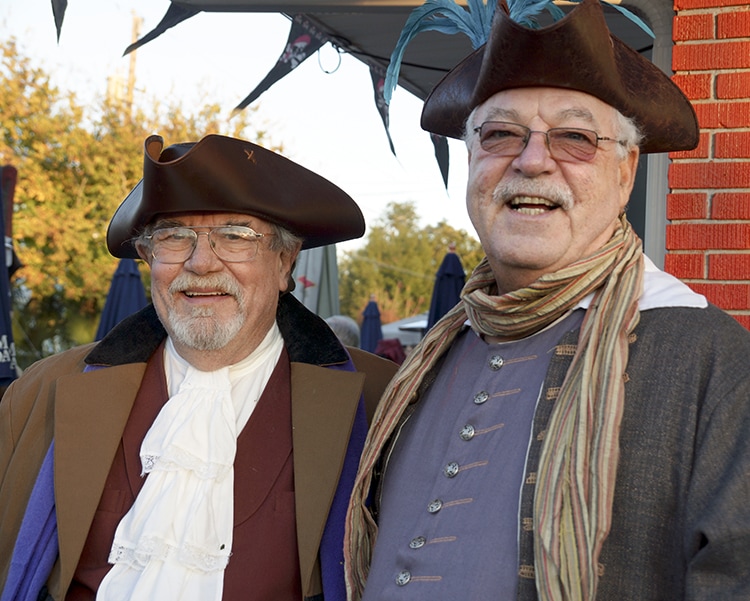
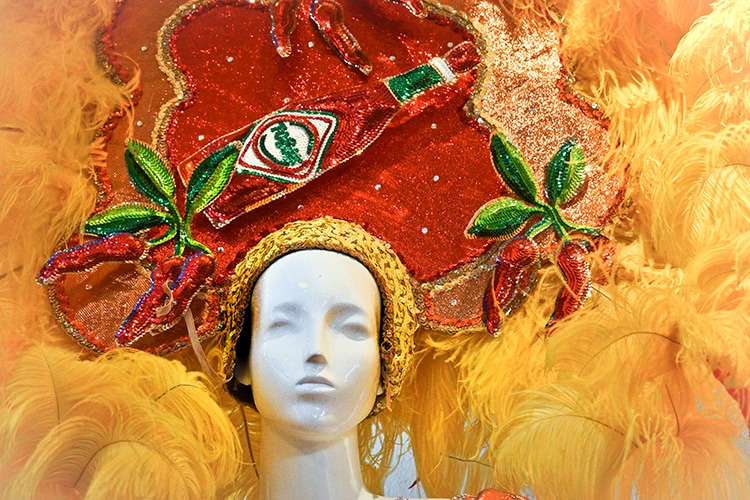
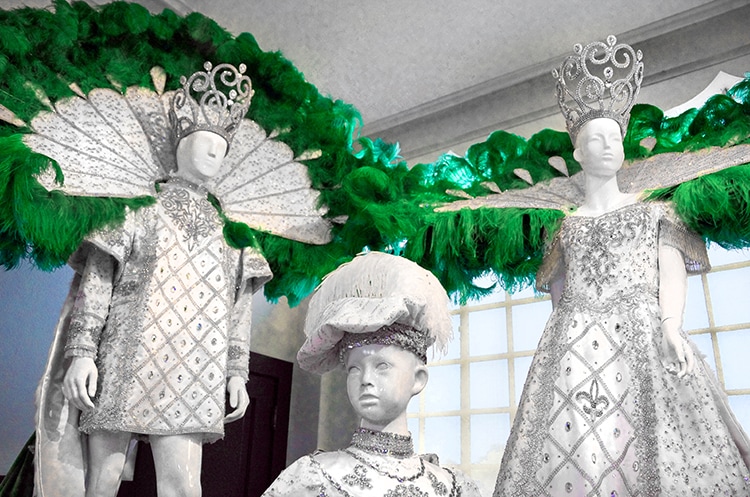

























 RSS Feed
RSS Feed























